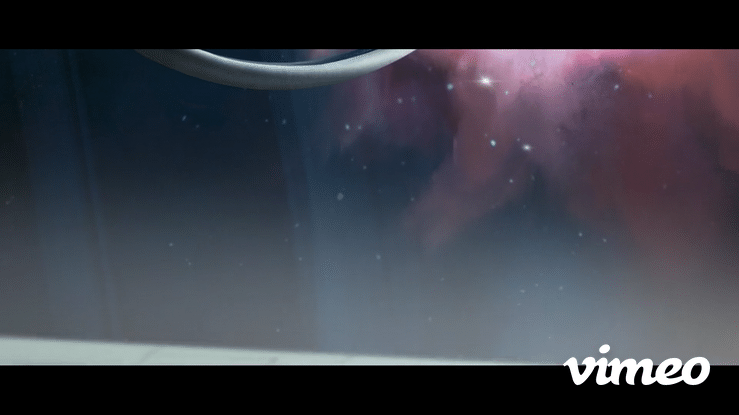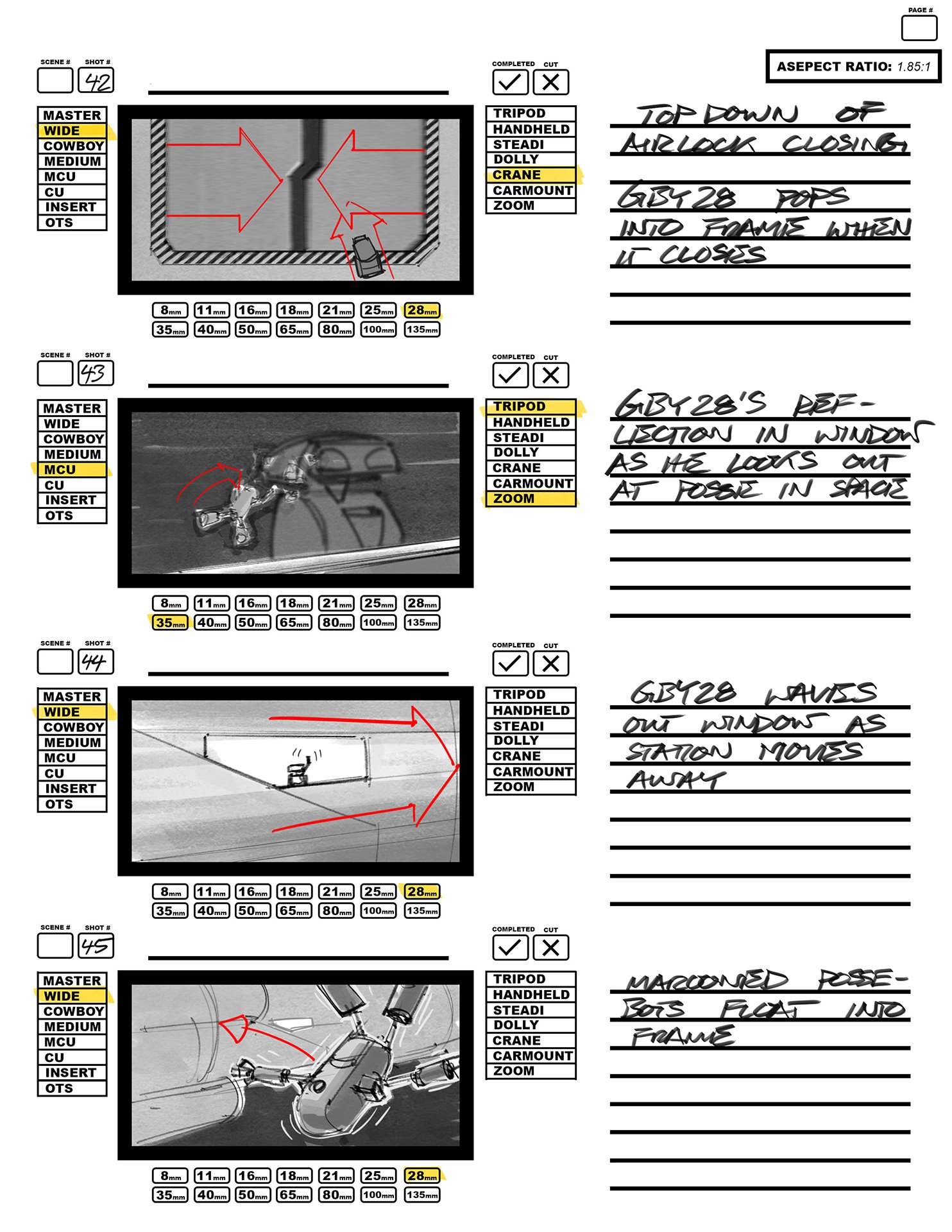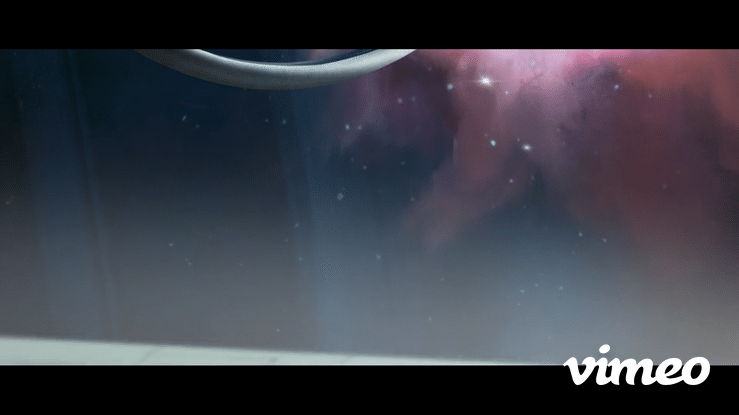POSTGRADUATE WORK
SUMMARY
At the outset of my graduate studies I created an original story for an epic science fiction film to provide a foundation that I build from over the succeeding years of my degree. The goal was a straightforward recreation of a feature film, but with no budgetary constraints. The only restrictions were to provide the opportunities for research my studies required. Ultimately, the project naturally evolved into an exploration of an alternative of film development where the pre-production stage does not end at the beginning of the production process. What would it look like if this stage was extended, and even had its own substantial correlating budget (monetary and technological). Could the this phase develop a story and be involved continuously throughout the project’s lifespan rather than ending once the film is green-lit?
To explore this notion, I turned to friends: David Dozoretz, TyRuben Ellingson, and Kevin Conran, to extract some of their professional insights into this idea. The conversations were illuminating as we spoke in a safe “academic space” (in the industry this notion would never fly) about the feasibility of granting a pre-pro department carte blanche and trust to create the narrative; an unorthodox method but not unheard of, for a theoretical project of this scale.
As time constraints abruptly pushed their way into my schedule, I explored breaking the prime narrative into an anthology that could take place concurrently within the over-arching story as a backdrop. The following samples of the work demonstrate methods that I explored to create and embrace the natural evolution of the story as it revealed itself. I used both the standard visual development practices that I have been familiar with over the course of my thirty years in the industry, to pushing myself to develop a character through simple modeling and animation.
[Scholarship]
*All imagery is for educational purposes only. All rights reserved by their respective owners. Do not distribute.
PITCH DECK
Provides a written synopsis of the film in its entirety and includes relevant imagery to develop an initial first pass of the visual language and tone of the film. This step provides the foundation for original concept design work later on.
STORYBOARDS
The following are the final boards for a short film following the mundane life of a maintenance robot in a sub levels of the ship. He experiences his own perils that mirror the larger events taking place in the ship proper among the human population.
Typically, the storyboard should only include minimal directional information (ie: arrows) and focus solely upon the story through images, but for the educational purposes of my project, I used this particular layout to demonstrate the amount of information other departments in production would reference. A majority, if not all of this ancillary data, such as camera type, field of view, movement, visual effects, etc, would be answered in the 3D previz animation layout stage.
THE SHIP
I always loved early speculative space art of the 1960s and 1970s showcasing possible deep space colonies. One in particular is the O’Neill colony ship. The cylindrical shift is so massive that the inhabitants and dwellings wrap around the interior which the ship rotates to create normalized terrestrial gravity, with the exception of the center of the cylinder which would maintain a zero gravitational pull (my apologizes to any astro-physicists reading this).
The best example on screen thus far was in the film INTERSTELLAR.
O’Neill ship exterior
Scale: the colony ship interior landscape
THE ROBOT
Creating a character via animation. What performative necessities for the animation dictated the design constraints without sacrificing an emotional connection with the character? A very abstract exercise that was out of my normative methodology regarding design. The rule of “less-is-more” was in full-sway with this concept. The brief I gave myself developed from an early script draft where the colony ship had crashed before reaching its destination. These robots were the primary caregivers, scavenging the wreckage to provide for the human survivors.
GBY-28
The hero-protagonist of the final side story. Again, favoring a simplistic form-language for the design I found inspiration in the loyalty of puppies (among other adorable creatures, real and fictional), and following the naming conventions of classic pop-culture robots, I named him GBY-28, an abbreviation of “good boy” with a numerical value.
FORM-LANGUAGE
This was an important component of the project as it provides a narrative foothold for the audience to be able identify with and understand, without explanation, locations and characters as the story progresses. Since this version of the story takes place primarily in utilitarian spaces that are inhabited by robots, there are no visual cues or human-friendly call-outs to identify locations.
AESTHETICS AS MOOD
A key to visually identifying and create an empathy between the audience and the protagonist, I decided to break down the narrative into the traditional three-act structure, only this division would also emphasize the state-of-mind of GBY-28 and the events transpiring in the story. The space art that was initially referenced for the project had an aspirational and idealistic tone to it that I wanted to capture. During the narrative progression, as reality sets in on the robot, he experiences a paradigm shift which would have an effect on the visual aesthetics: camera lens, lighting, graphic distortions, etc, as a means of underscoring his perception of his little world beginning to shatter.




















